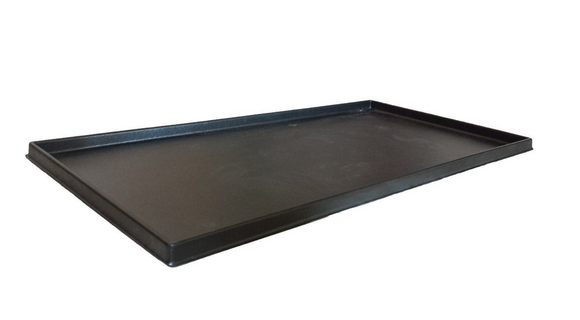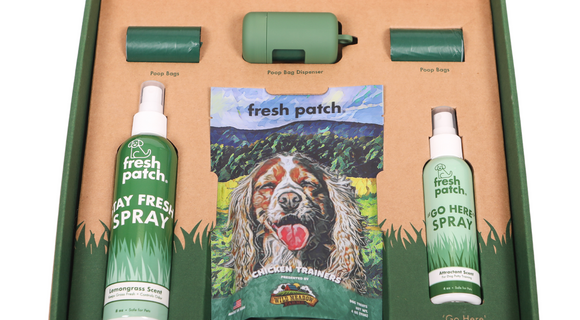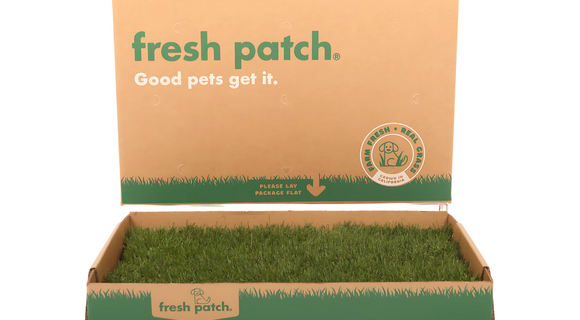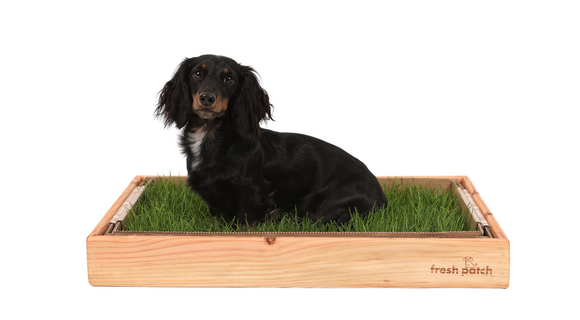Five Things First-Time Puppy Owners Should Know
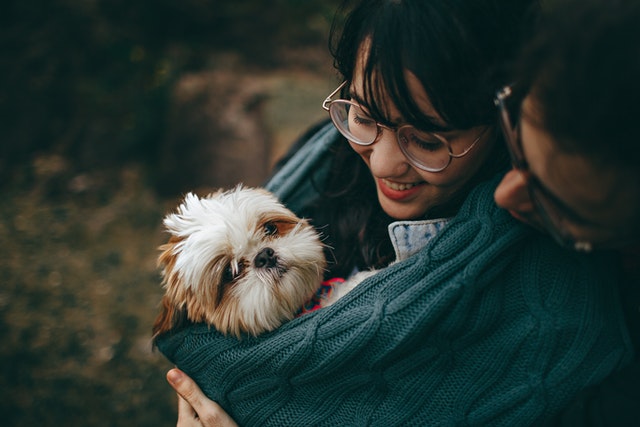
Puppies are adorable, fun, and give an endless amount of unconditional love. However, it doesn't mean they're easy! Here are some things that first-time puppy owners wish they knew before taking their puppy home.
1. Make Use of Crate Training
Crate-training is one of the most crucial tools to help get a puppy adjusted to your house. While you might be worried about how a puppy feels about crates, they are actually a sense of comfort and ease for most puppies. As long as you set up a crate with a bed, blankets, toys, and water, it can easily become a pup's comfort zone. Crates help keep puppies from getting into things they shouldn't, and it can help them calm down and fall asleep, since there's less wandering they can do. It's also a way to keep them safely in one place when you're out of the house.
2. Invest in a Harness
A big mistake for first-time dog owners, especially first-time puppy owners, is relying on just a collar and a leash. Invest in a quality harness - you'll be shocked at how much difference it makes! It helps to get one that can be sized up as they grow, and then invest in another one that fits them once they're fully-grown. A properly-fitting harness can make all the difference in how walks go. Versus a collar, which just pulls at their neck, a harness send a signal to their whole body in a comfortable and safe way. This makes it easier to train them to be responsive when leash-walking form a young age.
3. Research Food
Rather than just buying whatever's on the shelf, make sure you do research on your pup's food. Ask your vet for their opinion - they often will know the best brands for your pup. Additionally, make sure that you consider their breed. If you have a purebred dog, they might require specific things from foods that other breeds wouldn't - specifically ingredients that can help their skin, hair, or digestive systems. Also, be willing to switch up your food! If you notice any tummy upsets, discuss this with your vet and talk to them about how to transition to a new food.
4. Microchip!
Many puppies, whether coming from a shelter or a breeder, come with microchips already. However, if your puppy doesn't have a microchip when you bring them home, this is an important first step to take. Microchips are very tiny chips that are inserted right under the skin of your dog's neck. It doesn't bother them other than an initial pinch when it's inserted. This microchip can be scanned in order to find information about your dog's name, age, where they live, and who they belong to. Microchips have been an essential tool in reuniting lost pups with their owners. Your vet can insert a microchip easily on a routine vet visit and can link your information to it.
5. Use Potty Training Aids
Don't be afraid to use potty training aids! It's not a "defeat" to provide your puppy an indoor potty solution. In fact, using a Fresh Patch helps them improve their outdoor potty skills. By bringing fresh grass inside, you're getting your puppy used to the feeling and smell of fresh grass, which will help them feel more comfortable when going outside. It also provides them a space to go inside in case they have unexpected potty urges.
Our biggest tip for new puppy owners? Always be willing to learn and ask for help!
Ready to set your puppy up for success?
Make potty training a breeze with Fresh Patch. Our convenient, REAL GRASS training pads are disposable and delivered right to your home!
